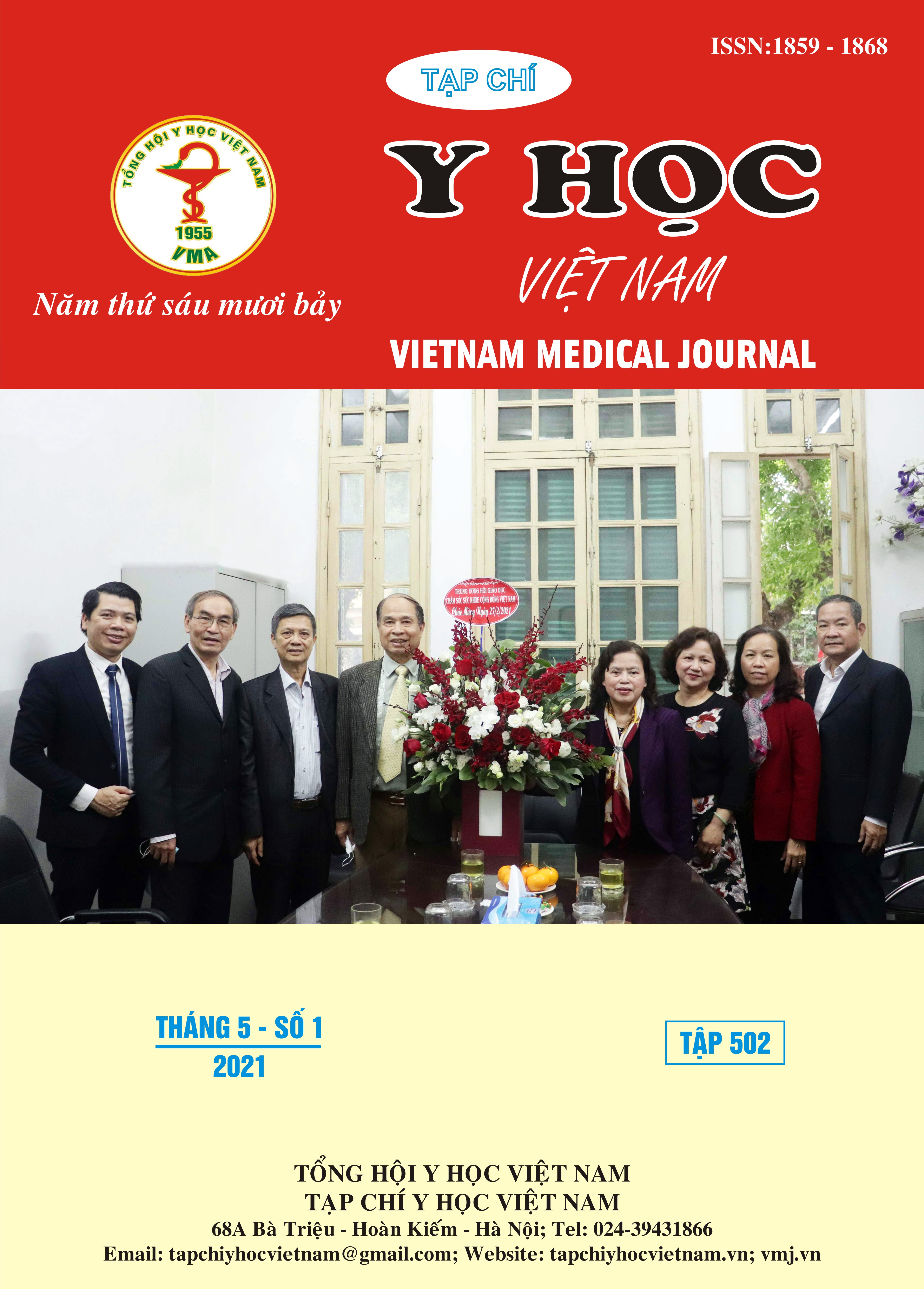THE CLINICAL, SUBCLINICAL FEATURES AND RESULTS OF PERCUTANEOUS ANGIOGRAPHY IN PATIENTS WITH MYOCARDIAL INFARTION AT THE NGHE AN GENERAL HOSPITAL
Main Article Content
Abstract
Acute myocardial infarction is a medical emergency with serious complications such as cardiogenic shock and arrhythmia. Percutaneous coronary angiography is a measure to determine the location and extent of coronary artery damage and interventions to re-open coronary arteries. Objectives: To describe the clinical and subclinical features and the results of percutaneous coronary angiography in patients with acute myocardial infarction at the Nghe An General Hospital. Results: The average age was 72.5 ± 12.1 years, and male accounted for 70.79%. The majority of patients had one or more associated risk factors: hypertension (51.61%), dyslipidemia (25.80%), smoking (24.90%), diabetes ( 22.50%), abuse of alcohol (4.84%). The time from chest pain to hospital admission: before 12 hours was 58.06%, before 24 hours was 67.74%, and after 24 hours was 32.26%. The rate of the stenosis of one coronary arteries is 41.93%, the stenosis of two coronary arteries is 45.16%, the stenosis of three coronary arteries is 11.91%. Of which, 75.81% had LAD stenosis, 56.45% had RCA stenosis, 43.55% had LCX stenosis. Conclusion: Most people with acute myocardial infarction have one or more associated cardiovascular risk factors. The proportion of patients going to the hospital that is capable of performing vascular intervention after 24 hours since chest pain remains high (32,26%). The rate of one coronary stenosis is 41,93%, two coronary stenosis is 45,16%, three coronary stenosis is 11,91% and the majority is grade 4 and 5 stenosis.
Article Details
Keywords
Acute myocardial infarction, percutaneous coronary angiography
References
2. Ngô Quý Châu, Nguyễn Lân Việt (2016), Nhồi máu cơ tim cấp. Bệnh học Nội khoa. Tập 1: Nhà xuất bản Y học.
3. Lê Thị Thanh Hằng (2010), Nghiên cứu đặc điểm lâm sàng và cận lâm sàng và các yếu tố nguy cơ của nhồi máu cơ tim cấp ở nữ giới, in Luận án Tiến sĩ Y học: Học viện Quân Y.
4. Phạm Văn Hùng (2018), Đánh giá kết quả chụp và can thiệp động mạch vành qua da tại bệnh viện Đà Nẵng. Tạp chí Tim mạch học Việt Nam, 80: p. 11-12.
5. Trương Hoàng Anh Thư (2006), Khảo sát tình hình theo dõi và điều trị bệnh nhân sau nhồi máu cơ tim cấp tại Bệnh viện Nguyễn Tri Phương từ năm 2003 - 2005. Tạp chí Y học, 2006: p. 45-50.
6. Patrick, T.O.G. (2013), 2013 ACCF/AHA Guideline for the Management of ST-Elevation Myocardial Infarction, R.o.t.A.C.o.C. Foundation, p. 144-164.
7. Jneid, H. (2012), 2012 ACCF/AHA Focussed Update of The Guidelines for the management of patients with unstable angina/non-ST-elevation myocardial Infartion. report of the American College of Cardiology Foundation. 60: p. 645-681.
8. Stephan D. Fihn, Julius M. Gardin, Jonathan Abrams (2012), 2012 ACCF/AHA/ACP/AATS/ PCNA/SCAI/STS Guideline for the Diagnosis and Management of Patients With Stable Ischemic Heart Disease. Circulation. 126: p. 354-471.


